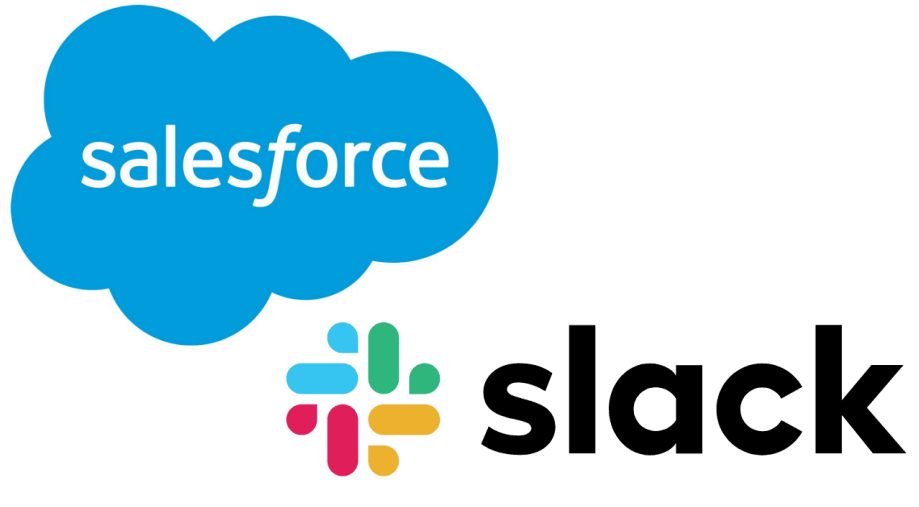Salesforce’s acquisition of Slack in 2020 stands as a groundbreaking deal that exemplifies strategic foresight and the potential for transformative change. This acquisition serves as a compelling case study for those interested in the intricate world of mergers and acquisitions (M&A).
Financing the Deal
Let’s commence by examining how Salesforce financed this significant acquisition. The purchase price for Slack, which amounted to approximately $27.7 billion, was substantial, making it one of the most noteworthy tech deals of its time. Salesforce employed a combination of cash reserves and stock to fund the acquisition:
- Cash: Salesforce utilized a portion of its cash reserves to facilitate the purchase. Their substantial cash holdings allowed them to make a substantial upfront payment.
- Stock: Salesforce issued its own stock as part of the transaction, allowing Slack’s shareholders to become shareholders in Salesforce. This stock-based financing ensured that Slack’s stakeholders had a vested interest in the success of the merged entity.
The Synergies Unleashed
The acquisition of Slack presented Salesforce with a wealth of opportunities to harness synergies and elevate various aspects of their business:
- Collaboration and Communication: Slack’s robust collaboration and communication platform became an integral part of Salesforce’s offerings. The integration allowed Salesforce users to seamlessly communicate and collaborate within the same ecosystem, streamlining workflow and increasing productivity.
- Customer Relationship Management (CRM): Slack’s integration with Salesforce’s CRM tools enhanced the depth and efficiency of customer interactions. This synergy enabled Salesforce users to access critical customer data and insights directly within the Slack platform, facilitating more informed decision-making and improved customer service.
- Digital Transformation: Slack’s digital transformation capabilities, including workflow automation and app integrations, complemented Salesforce’s focus on digital innovation. This synergy empowered organizations to streamline processes, automate repetitive tasks, and embrace digital transformation more effectively.
- Customer Engagement: The integration of Slack’s capabilities into Salesforce’s suite of products enhanced customer engagement. Salesforce users could engage with customers in real-time, respond to inquiries promptly, and provide personalized support, ultimately leading to improved customer satisfaction.
- Cross-Selling Opportunities: The merger enabled Salesforce to cross-sell Slack to its existing customer base, leveraging Slack’s collaboration tools to enhance the value proposition of Salesforce’s CRM and cloud services.
The Type of Acquisition
Salesforce’s acquisition of Slack was a horizontal acquisition. In strategic contexts such as a horizontal acquisition, precise planning and alignment of documents are critical, much like the detailed bachelorarbeit formatierung required to meet academic standards for a bachelor thesis, ensuring it fits the structured requirements necessary for approval.
The Acquisition Process
The acquisition process for Salesforce and Slack followed several key phases:
- Due Diligence: Comprehensive due diligence was conducted to assess the financial health and strategic alignment of Slack. Salesforce evaluated the potential synergies and opportunities for integration.
- Negotiations: Negotiations between Salesforce and Slack culminated in the finalization of the acquisition’s terms, including the purchase price and other critical aspects of the transaction.
- Regulatory Approval: Regulatory authorities scrutinized the merger to ensure compliance with antitrust regulations. After receiving regulatory approval, the deal proceeded.
- Integration: Post-acquisition integration efforts were aimed at seamlessly merging the operations, teams, and technologies of both companies. This meticulous process ensured a smooth transition for users and customers.
Post-Acquisition Performance
The success of Salesforce’s acquisition of Slack can be measured through several key performance indicators:
- Revenue Growth: Salesforce’s revenue stream diversified with the integration of Slack’s services. The acquisition contributed to revenue growth through increased subscription numbers, enhanced customer engagement, and cross-selling opportunities.
- User Adoption: Users of both Salesforce and Slack benefitted from the integration, resulting in increased user adoption and engagement across the platforms. This synergy enhanced the overall user experience and productivity.
- CRM and Collaboration: The integration of Slack’s collaboration platform with Salesforce’s CRM tools created a powerful combination that transformed the way organizations interacted with customers. This was particularly valuable for sales, marketing, and customer service teams.
- Digital Transformation: Slack’s digital transformation capabilities became a catalyst for Salesforce’s efforts to empower businesses to undergo digital transformations. This synergy aided organizations in adapting to changing market demands and staying competitive.
- Market Position: Salesforce solidified its position as a leader in the cloud-based software and CRM market, offering a comprehensive suite of tools for both customer engagement and internal collaboration.
The acquisition strengthened Salesforce’s competitive edge, provided new avenues for growth, and transformed the way organizations collaborate, communicate, and engage with customers.
